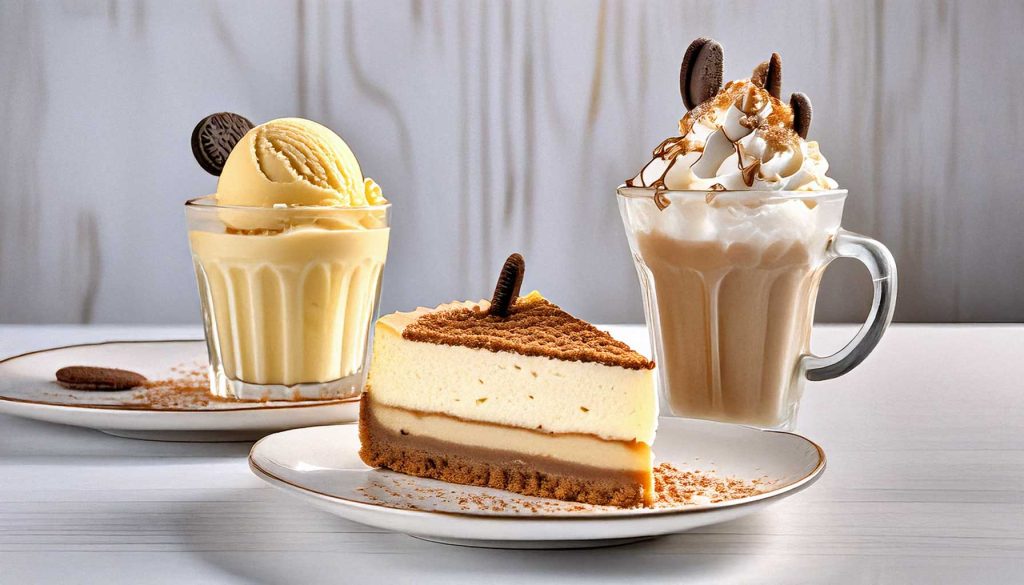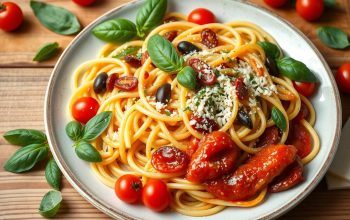As someone who loves exploring the origins and global impact of beloved treats, Speculoos has always fascinated me. This spiced biscuit, deeply rooted in Belgian tradition, has risen to worldwide fame, evolving from a seasonal delicacy to a pantry staple. In this post, I’ll take you through its rich history, unique characteristics, and modern-day versatility while answering some common questions about this extraordinary cookie.
The Origins of Speculoos: A Biscuit with Deep Roots
A Festive Beginning
Speculoos was traditionally baked in Belgium and the Netherlands to celebrate Saint Nicholas Day on December 6. These cookies were not just snacks; they were symbols of festivity, culture, and community. Bakers would press the dough into carved wooden molds, creating ornate designs of saints, animals, or festive motifs. Each cookie told a story, making it a cherished part of the holiday tradition.
The spices used in Speculoos—cinnamon, nutmeg, cloves, and ginger—reflect the influence of the spice trade during the colonial era. These ingredients were rare and precious, making Speculoos a luxurious treat.
Etymology of the Name
The name “Speculoos” is often linked to the Latin word speculum, meaning “mirror,” a nod to the molded designs that mirror the carvings in the wooden molds. Another theory ties it to specerijen, the Dutch word for spices. Both interpretations highlight the cookie’s artistic and flavorful identity.
What Makes Speculoos Unique?
Flavor and Ingredients
The magic of Speculoos lies in its perfect balance of flavors:
- Cinnamon provides warmth.
- Nutmeg and cloves add depth.
- Caramelized sugar gives a toasty sweetness.
Unlike gingerbread, Speculoos has a milder spice blend, allowing its caramelized notes to shine. Its crunchy texture comes from the absence of eggs, making it ideal for dipping into coffee or tea.
The Baking Process
Speculoos dough is chilled to enhance its flavor before baking. Traditionally, wooden molds were used to shape the cookies, but today, industrial methods ensure consistency. Despite modern techniques, artisanal bakers still honor the traditional craftsmanship, preserving the cookie’s artistic roots.
How Speculoos Took the World by Storm
From Belgium to the Skies
For much of its history, Speculoos was a regional delicacy, but the 20th century marked its rise to global fame. Lotus Bakeries, a family-owned Belgian company, began mass-producing Speculoos under the name “Biscoff” (short for biscuit and coffee). In the 1980s, Biscoff became a popular in-flight snack, particularly on Delta Airlines, introducing millions of passengers to its irresistible taste.
The Birth of Speculoos Spread
The real turning point came in 2007 when Speculoos Spread was introduced. This creamy, spiced spread, made from crushed Speculoos cookies, quickly became a household favorite. Its versatility—spread on toast, swirled into ice cream, or used as a dip—helped propel Speculoos into new culinary territory.
Speculoos in the Kitchen: A Modern Icon
Speculoos has inspired endless culinary creations. Here are some popular ways it’s used:
- Ice Cream: Swirled with Speculoos Spread or featuring crushed cookies.
- Cheesecakes: A Speculoos crust adds a warm, spiced twist.
- Lattes: Speculoos syrup enhances the flavor of coffee.
- Tiramisu: Replacing ladyfingers with Speculoos for a spiced variation.
Personally, I’ve tried Speculoos brownies, where crushed cookies are layered into the batter. The result? A rich, spiced treat that’s always a crowd-pleaser.
How Speculoos Compares to Other Cookies
| Feature | Speculoos | Gingerbread |
|---|---|---|
| Primary Flavor | Caramelized sugar with mild spices | Strong ginger and molasses |
| Texture | Crisp and light | Soft or chewy |
| Occasions | Year-round, rooted in Saint Nicholas Day | Primarily Christmas |
| Global Popularity | As cookies, spreads, and desserts | Mostly as holiday treats |
Why Speculoos Is Universally Loved
Nostalgia and Comfort
Speculoos evokes a sense of warmth and tradition, making it a comforting choice for many. Its familiar yet unique flavor profile resonates across cultures.
Versatility and Creativity
From its classic biscuit form to innovative uses in desserts and beverages, Speculoos adapts effortlessly to new trends. Whether you’re enjoying it as a cookie or experimenting with recipes, its possibilities are endless.
A Taste That Connects Cultures
Speculoos manages to be distinctly Belgian yet universally appealing. Its flavors are familiar, its texture is satisfying, and its story is timeless.
Making Speculoos a Part of Your Life
If you haven’t yet tried Speculoos, now’s the time to indulge. Whether it’s a classic Biscoff cookie, a jar of Speculoos Spread, or a homemade dessert, there’s something for everyone. I recommend starting with the basics: pair a cookie with a cup of coffee for the ultimate experience.
For the adventurous, consider baking your own Speculoos cookies. The process is simple, and the aroma of spices filling your kitchen is absolutely worth it.
FAQ: All About Speculoos
- What’s the difference between Speculoos and Biscoff? Speculoos is the generic name for this spiced biscuit, while Biscoff is a brand produced by Lotus Bakeries.
- Is Speculoos gluten-free? Traditional Speculoos contains wheat flour, but gluten-free versions are available from some brands.
- Can I use Speculoos Spread in baking? Yes! Speculoos Spread is fantastic in recipes like brownies, cheesecakes, and cookies.
- Where can I buy Speculoos? Speculoos cookies and spreads are widely available in grocery stores and online.
- Are Speculoos cookies vegan? Most Speculoos cookies, including Lotus Biscoff, are vegan-friendly.
- How long do Speculoos cookies stay fresh? When stored in an airtight container, they remain crisp for several weeks.
- Can I make Speculoos without special molds? Absolutely! You can use cookie cutters or simply roll the dough and slice it into rectangles.
- Why are Speculoos often paired with coffee? Their caramelized flavor complements the bitterness of coffee, making them a perfect match.
- What spices are in Speculoos? The spice blend typically includes cinnamon, nutmeg, cloves, and sometimes cardamom or ginger.
- Is Speculoos a Christmas cookie? While rooted in holiday traditions, Speculoos is enjoyed year-round in modern times.
Conclusion: A Global Biscuit with Heart
Speculoos embodies the perfect balance of tradition and innovation. Its rich history, comforting flavors, and modern versatility have made it a beloved treat worldwide. Whether you’re savoring a cookie with your morning coffee or experimenting with Speculoos-inspired desserts, this spiced biscuit is sure to delight.
For me, Speculoos is more than just a cookie—it’s a connection to the past, a source of culinary creativity, and a reminder of how food can bring people together.




